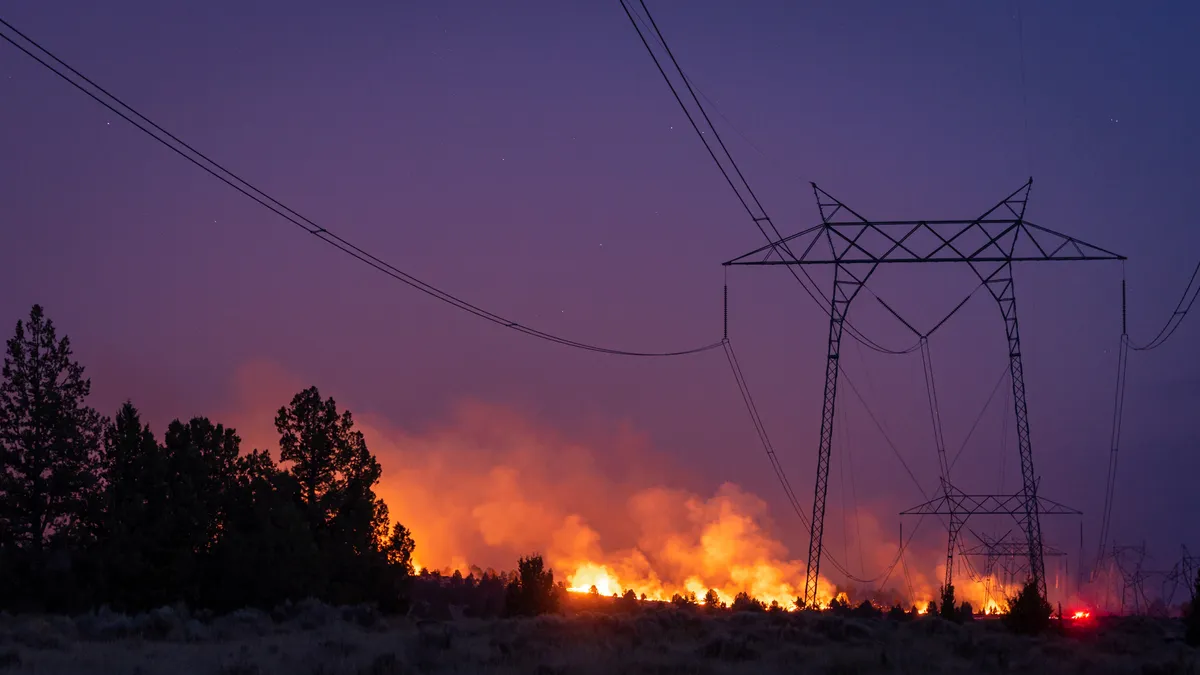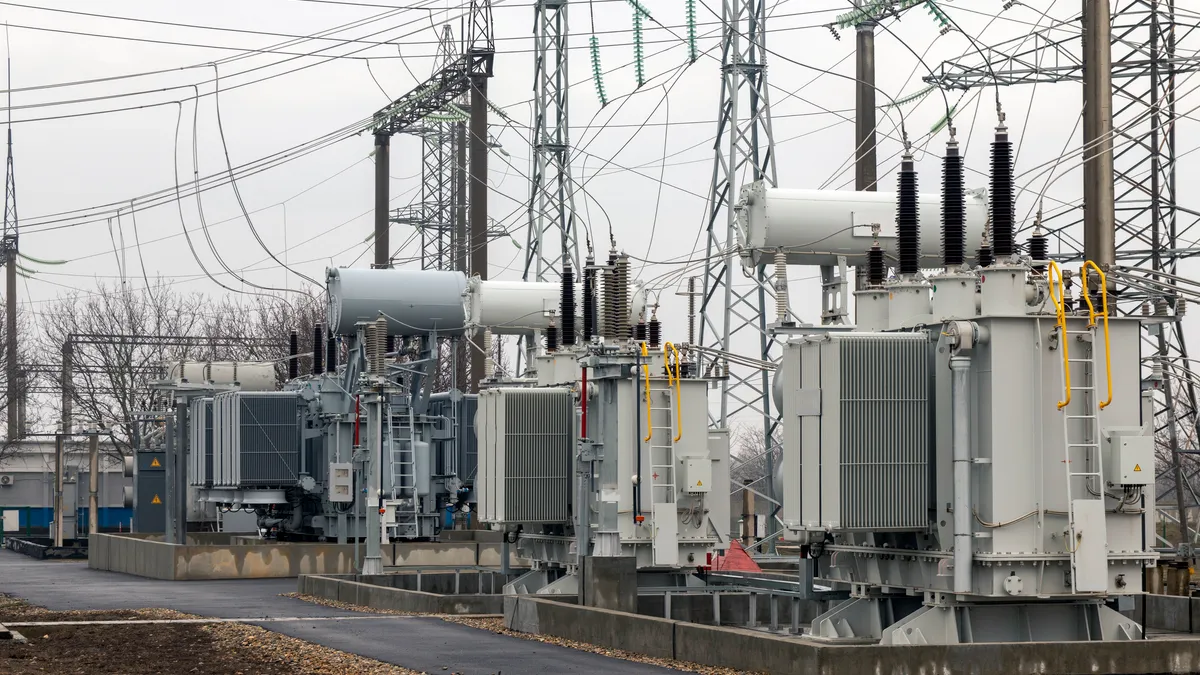Some U.S. utilities may need to increase their annual generation by more than a quarter over the next three years in order meet rising electricity demand led by data centers and artificial intelligence, according to new analysis from Bain & Company.
U.S. utilities are facing “potentially overwhelming demand,” the consulting firm said in a report published Oct. 10. After nearly two decades of stagnant growth, “the late 2022 breakthrough in generative AI and the ensuing data center boom blindsided utilities just as demand was also rising because of repatriated manufacturing, industrial policy, and vehicle electrification.”
Data centers could account for 44% of U.S. electricity load growth from 2023 to 2028, followed by about 27% from the residential sector, 17% from manufacturing and the remainder from the commercial sector.
By 2028, U.S. utilities may need to increase annual energy generation by between 7% and 26% above 2023 levels in order to meet projected demand, the consulting firm said. “That’s far beyond the largest five-year generation boost of about 5% that US utilities achieved from 2005 through 2023,” according to the report.
Concern is growing regarding AI and its demand for electricity. Data centers could consume 9% of the United States’ electricity generation by 2030 — double the amount consumed today, the Electric Power Research Institute said in May. U.S. data center load is expected to grow to nearly 21 GW this year, up from 19 GW in 2023, according to a Federal Energy Regulatory Commission report.
The extent of the new demand is “enormous,” said Aaron Denman, the head of Bain’s utilities and renewables practice in the Americas and lead author of the firm’s report.
“It’s both the magnitude of what needs to get built and then ... how do we build it in an affordable way? Because it's going to drive scarcity,” Denman said, pointing to electric sector shortages of transformers, electrical steel and copper.
Around the world, rising data center power consumption could require more than $2 trillion in new energy generation resources, according to Bain’s report. “In the US alone, adequately funding the capital investments to serve data center growth over the next decade would require utilities to generate 10% to 19% in additional revenue each year than previously forecast.”
Those rising revenue requirements could incrementally increase customer bills by 1% annually through 2032, the report said.
“Even before data centers, we were talking about bill growth in the 7% to 9% [per year] range,” Denman said. “And then you add another 1% to 2% from data centers, on top of that, it becomes really extraordinary in terms of bill and rate growth.”
Rising electricity bills could limit the growth of data center demand, Denman said, ultimately meaning utilities will need to get more efficient with capital deployment and potentially leading hyperscale data center developers to bring some of their own capital to assist with grid buildout.
“It's almost like bringing a little bit of capital to the game, early on, to help reduce the amount of capital that the utility is going to have to put into the rate base ... and to make it clear that the data centers can't just pass all of the capital costs onto, let's say, residential customers,” Denman said.
The potential for data centers to participate in utility demand response programs could also impact how projects are brought online, Denman said. Crypto mining projects, for instance, have more flexibility in their electricity demands than an AI training load.
“We think there is some capacity for demand response, but again, it depends on what is in your queue,” he said. Utilities need to get “a lot more sophisticated” at managing the interconnection of data center projects, including understanding what types of workloads are being processed, how fast they will ramp up and whether they can participate in load management programs.
“You might not want a first-in/first-out style of data center queue,” he said. “You might want to manage that queue a lot better than you had in the past, so you can bring on the attributes and the type of partners that are going to help you meet the load.”
Data center developers are also looking to build small natural gas generators which can help get the project online faster — and then when grid capacity is built out to serve the data center, those gas generators can be used to serve the broader electric system in a virtual power plant or demand response capacity, said Denman.
“You might say, in a perfect world, you’d rather build that stuff more centrally to get full utilization out of it, but it would allow the data centers to get connected more quickly but still provide important grid attributes over time,” he said.























